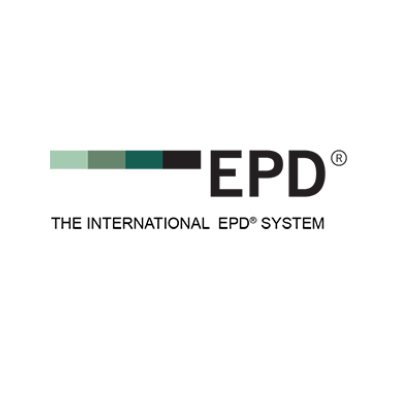Painting the Sun
As solar energy continues to gain popularity as a clean, renewable energy source, researchers and engineers are constantly looking for ways to increase its efficiency and make it more affordable for wider use. One of the latest innovations in this field is the use of heat-reflective coatings on solar panels.
Solar panels work by converting the sun’s energy into electricity. However, a significant amount of that energy is lost as heat, which can reduce the efficiency of the panel. This is where heat-reflective coatings come in. These coatings are designed to reflect some of the sun’s heat away from the panel, reducing the temperature of the cells and increasing their efficiency.
The use of heat-reflective coatings is not a new concept. In fact, they have been used for decades to keep buildings and vehicles cool in hot climates. However, their use in solar panels is relatively new, and researchers are still exploring the best ways to apply and optimize these coatings for maximum efficiency.
One of the challenges in developing heat-reflective coatings for solar panels is finding the right balance between reflectivity and absorbance. While a highly reflective coating can help to reduce the temperature of the cells, it can also reflect some of the sun’s energy away from the panel, reducing its overall efficiency. On the other hand, a coating that absorbs more energy can increase the temperature of the cells and decrease their efficiency.
To address this challenge, researchers are developing coatings that are selectively reflective. These coatings are designed to reflect some wavelengths of light while absorbing others. By selectively reflecting the wavelengths that are most likely to cause heat buildup, these coatings can help to reduce the temperature of the cells without compromising the panel’s overall efficiency.
Another approach that researchers are exploring is the use of nanotechnology to create coatings that can selectively reflect or absorb certain wavelengths of light. For example, some coatings use nanoparticles that are engineered to absorb light in the ultraviolet and infrared ranges while reflecting visible light. This approach can help to reduce the temperature of the cells while still allowing the panel to capture the maximum amount of energy.
Overall, the use of heat-reflective coatings on solar panels shows great promise for increasing their efficiency and reducing their costs. By reducing the amount of energy lost as heat, these coatings can help to make solar energy more accessible and affordable for a wider range of applications. As researchers continue to refine and optimize these coatings, we can expect to see even greater improvements in solar efficiency in the years to come.
Benefits Of Choosing Panache’s Green Rated Products:
Our Partnership Programs

Cross complemented product and services providers can be enrolled under this partnership program (Roofing contractor, HVAC contractors, HVLS Fans supplier)
Know More

Any individual from consultation fraternity to execution contractors can participate in such a program.
Know More

DSA (Direct selling Agent) partnership program provides opportunities to become entrepreneur in COOL ROOFING industries to each and every individual who wants to make their career as freelancers.
Know More
Green Talk Initiatives

Client Success Stories
FAQ’s
A Cool Roof coatings consists of a binder (usually an organic compound or silicone compound) blended with pigments and other additives to provide two main benefits: protection of roof membranes for longer roof life cycles; and reflectivity of solar radiation, for lower air conditioning costs.
The main components of most Cool Roof coatings are the binder, pigment, water and reflective pigments. Water serves as a liquid carrier, which provides viscosity, allowing the pigment and binder to be spread on the roof as a thin coating. The majority of white coatings in use today are water-based coatings
An energy efficient , white, reflective, elastomeric coating manufactured by Panache can reflect up to 92% of visible light, keeping the roof surface much cooler than with aluminum, black, or non-reflective roofing materials. Lower temperatures mean less energy usage, and translate to money saved. Elastomeric roof coatings protect the roof substrate adding years to your roof, plus saves against costly tear-offs and re-roofing.

 Get Free Audits
Get Free Audits Get Free Quote
Get Free Quote




















